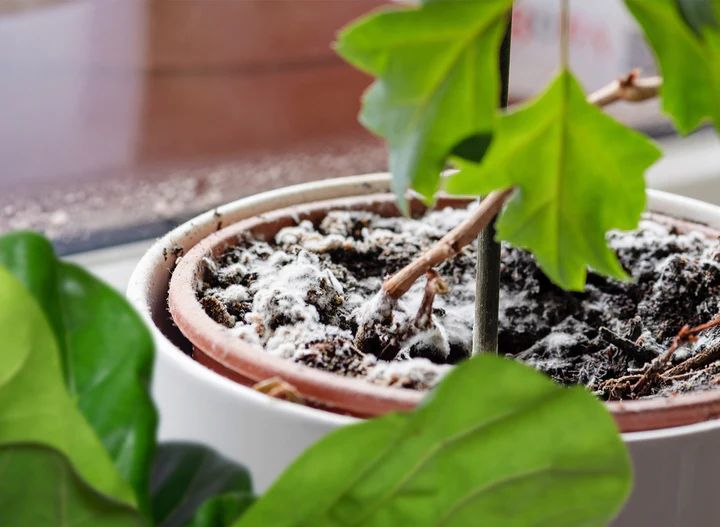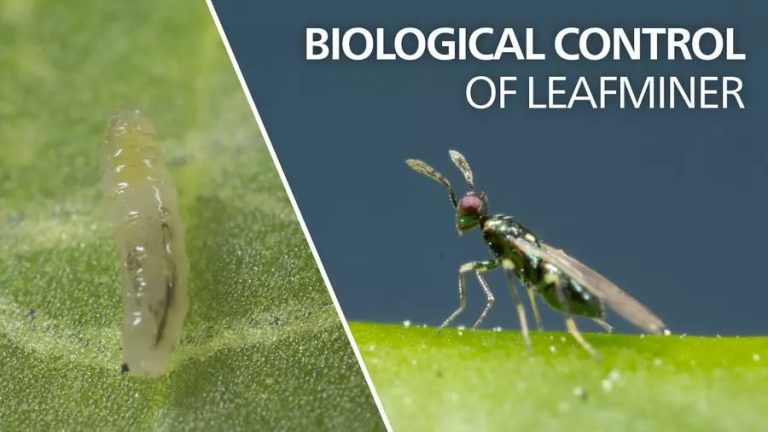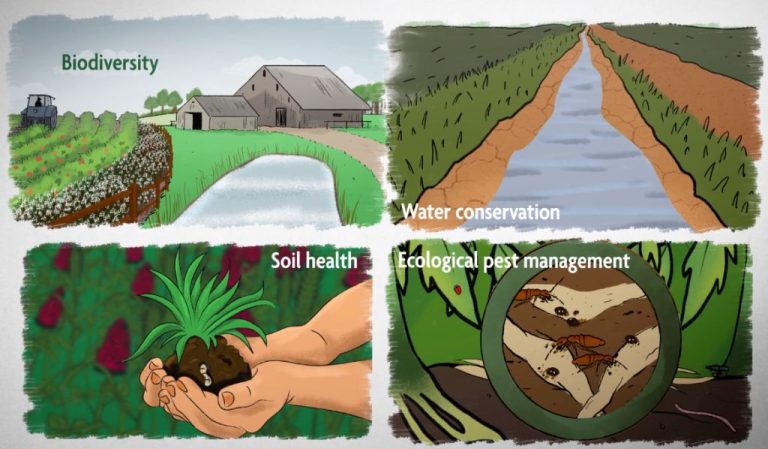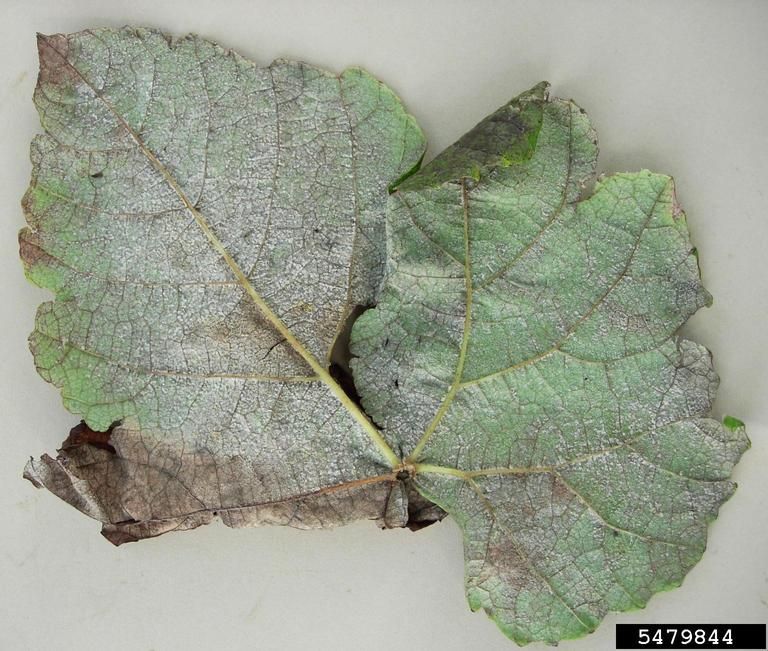Preventing And Managing Rust Diseases In Your Garden
What is Rust?
Rust is a type of fungal disease that affects plants. According to the Royal Horticultural Society (https://www.rhs.org.uk/disease/rust-diseases), rusts are fungal plant pathogens that primarily affect the leaves, stems, and fruits of plants. There are several different types of rust diseases, but they are all caused by fungi in the order Pucciniales (https://en.wikipedia.org/wiki/Rust_(fungus)).
The most common types of rust diseases in gardens and landscapes include cedar-apple rust, cedar-quince rust, cedar-hawthorn rust, hollyhock rust, snapdragon rust, and rose rust. Rust fungi have a complex life cycle that involves up to five different spore stages and sometimes multiple hosts. Rust diseases first appear as yellow, orange, red, brown, or black powdery pustules on the leaves, stems, or fruits of infected plants.
As the fungal spores of rust pathogens land on plant surfaces, they germinate to produce filaments that penetrate into plant tissues. These filaments extract nutrients, slowly damaging and weakening the plant. Severe rust infections can cause plant tissues to turn yellow, wither, or die. Rusts can also reduce the aesthetic appeal of ornamental plants and decrease the yield and quality of fruits, vegetables, and grains.
Identifying Rust
Rust fungi are plant pathogens that produce yellow, orange, brown, reddish, or black growths known as pustules on the leaves, stems, fruits, and flowers of host plants. According to Planet Natural, the signature symptom of rust is the colorful spore masses on the outside of the plant, which give rust fungi their name.
There are several different types of rust fungi, each with some variations in appearance and hosts:
- Rust pustules can range in color from yellow and orange to brown, red, or black depending on the rust species.
- Pustules may appear powdery or crusty in texture.
- Rust pustules are often grouped together in patches or stripes on the undersides of leaves.
- Heavily infected leaves may turn yellow or die prematurely.
- Common hosts for rust diseases include roses, snapdragons, peas, beans, tomatoes, asters, dahlias, chrysanthemums, and hollyhocks.
It’s important to identify the specific type of rust in order to treat it properly. Some varieties only affect certain plant families or species. Always check leaves thoroughly, including the undersides, since rust often starts there.
Preventing Rust
Rust can be prevented by taking proactive measures in the garden. One of the most important is sanitation and debris removal. Rust fungi thrive on infected plant material, so be sure to clean up and dispose of any affected leaves, stems, or other debris (Source). Removing this inoculum helps reduce the amount of rust spores that could infect your plants.
Proper plant spacing and air circulation is also key for prevention. Avoid overcrowding plants and allow adequate space between them to promote good air flow. This helps keep foliage dry and prevents the humid conditions rust fungi prefer (Source). Water plants at the base or use drip irrigation rather than overhead watering, which wets the leaves and encourages rust.
Finally, applying fungicide sprays at the first sign of rust or as a preventative measure can help protect plants. Make sure to cover the tops and bottoms of leaves thoroughly. Organic options include fungicides with sulfur, copper, or bacillus subtilis. Chemical fungicides with active ingredients like myclobutanil, propiconazole, or chlorothalonil tend to be most effective.
Treating Existing Rust
If rust has already taken hold in your garden, prompt action is required to prevent it from spreading further. The first line of defense is to prune away any infected leaves, stems, or plant parts. Use clean, sterilized pruners when removing the diseased tissue and make sure to discard it far away from your garden beds. According to HGTV, it’s important to remove not just the obviously infected parts, but also any surrounding leaves or stems that might be harboring early infections.
Applying chemical fungicides containing ingredients like sulfur, copper, or neem oil can help kill rust spores and limit their spread. Be sure to follow all label instructions carefully. The Spruce recommends dusting susceptible plants weekly with sulfur for preventative rust treatment. For curative treatment, use a targeted fungicide spray at the first sign of rust pustules.
Improving air circulation with proper spacing, pruning, and staking can also make conditions less favorable for rust fungi. Avoid overcrowding plants and allow ample room for air to flow between beds. Trellising or staking tall plants like beans and tomatoes promotes airflow. Prune trees and shrubs to open up the canopy.
Rust-Resistant Varieties
Selecting rust-resistant varieties is an effective preventative measure against rust diseases. Many common garden plants have cultivated varieties that are bred for enhanced rust resistance.
Some rust-resistant fruits include:
Red Lake and Latham raspberry cultivars
Reliance peach trees
Sunrise apple trees
Concord grapes
Vegetables with rust-resistant varieties include:
Yukon Gold, Bannock Russet, and Elba potatoes
Acclaim, Crusader, and Defender beans
Resistant tomato varieties like Mountain Pride, Sun Leaper, and Solar Set
Ornamental flowers and trees with enhanced rust resistance:
Knock Out roses
Amur maackia and Korean barberry
When choosing plants, prioritize resistant varieties to limit rust infestations in your garden.
Organic Rust Management
When dealing with plant rust organically, there are a few key strategies that can help prevent and manage outbreaks without the use of chemical fungicides. One of the most popular organic options is neem oil, an extract from the neem tree that has natural fungicidal properties. Studies show neem oil is effective at controlling certain rust fungi like Puccinia striiformis when applied preventatively (Source). To make a homemade neem oil spray, mix 5mL of neem oil and 5mL of mild soap with 1 liter of water and thoroughly coat plant foliage.
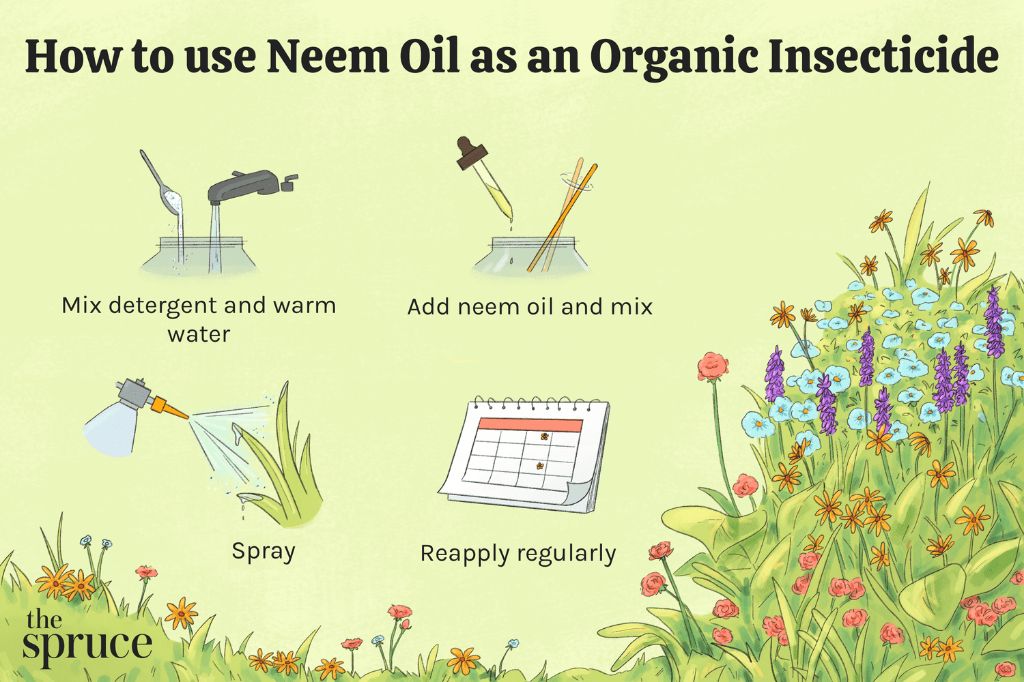
Another organic treatment is sulfur, which can be dusted onto plants weekly to prevent rust from taking hold. Sulfur works by creating an inhospitable environment for rust fungi (Source). For plants already infected with rust, organic fungicides containing sulfur can be applied according to label instructions.
Boosting overall soil health will also make plants more resistant to rust. Adding organic compost provides nutrients that help plants grow strong and develop natural defenses. Balancing key nutrients like nitrogen, potassium, and phosphorus is also important for rust prevention.
Chemical Fungicides
Chemical fungicides can help prevent and treat rust diseases in plants. Some common fungicides used for rust include:
- Mancozeb – This is a broad spectrum fungicide that can be used as a protective treatment to shield plants from rust infection (Source 1). It should be applied before signs of rust appear. Mancozeb works by preventing fungal spores from germinating.
- Myclobutanil – Myclobutanil is a systemic fungicide that can treat existing rust infections (Source 1). It is absorbed into the plant tissues and kills fungi at the cellular level.
- Chlorothalonil – This broad spectrum fungicide stops fungal growth and spore production. It can be used to treat active rust infections.
- Copper fungicides – Copper compounds can treat current rust infections by inhibiting fungal growth. They are often used organically.
It is important to cover all surfaces of plant leaves thoroughly when applying anti-rust fungicides. Follow label directions for dosage and timing of applications. Treatments may need to be applied every 7-14 days while disease pressure is high. Using a combination of protective and systemic fungicides often provides the best control against stubborn rust diseases. Always read and follow label instructions when using chemical fungicides.
After a Rust Outbreak
Even after treating rust, it’s important to continue monitoring your plants for signs of reinfection. Rust spores can overwinter in plant debris and soil, so outbreaks may occur yearly if conditions are right (1).
To help prevent future infections:
- Remove and destroy any leaves, stems or plants with advanced rust infections, sealing in plastic bags to prevent spore spread (2).
- Rake up and dispose of any fallen diseased leaves or plant debris (2).
- Prune plants for better airflow and faster drying, removing any dead branches (1).
- Water at the base of plants rather than overhead to keep foliage dry (2).
- Apply preventive fungicides like sulfur early in the season (1).
- For edible plants, use plant-safe organic sprays like neem oil or copper fungicide as needed (2).
Rotate susceptible plants to different beds each year to prevent a buildup of rust spores. Some varieties have genetic resistance, so consider replacing heavily infected plants with resistant types (1). With diligent monitoring and prevention, rust should pose less of threat in future seasons.
Common Rust Diseases
Some of the most common rust diseases in gardens include:
Cedar-apple Rust
Cedar-apple rust (Gymnosporangium juniperi-virginianae) is a fungal disease that requires Eastern red cedar (Juniperus virginiana) as the primary host and apple and crabapple as the secondary hosts. It causes bright orange leaf spots and galls on cedar trees. On apples, it creates yellow/orange spots on leaves and fruits. It can severely affect the quality of apples. Prevent it by avoiding planting red cedar and apple trees in close proximity. Remove galls from infected cedar trees. Apply appropriate fungicides on apples during spring and early summer before major infection periods (Source).
Hollyhock Rust
Hollyhock rust (Puccinia malvacearum) is a common fungal disease of hollyhocks. It causes yellow spots on leaves which turn reddish-brown. Leaves may curl and drop early. Rust pustules release masses of reddish-brown summer spores and black overwintering spores. Avoid overhead irrigation which spreads spores. Remove and destroy infected leaves. Spray neem oil or sulfur-based fungicides weekly as a preventive measure (Source).
Soybean Rust
Soybean rust (Phakopsora pachyrhizi) is a serious fungal disease in humid soybean growing regions. Small tan lesions appear on leaves, expanding into reddish-brown or gray spots. Severe infections cause leaf drop, reducing yields. Use resistant varieties when available. Scout fields and begin fungicide applications at the first sign. Apply appropriate fungicides like strobilurins or triazoles during growing season (Source).
Other common rusts include asparagus rust, snapdragon rust, and daylily rust. Rust diseases can affect a wide variety of plants but prompt identification and integrated pest management practices can help manage outbreaks.
When to Call a Professional
In some cases, it’s best to call in a professional landscaper or plant disease specialist to assist with rust management. According to experts at Cornell University, there are a few key situations when professional help is recommended:
Severe infections – If you have a widespread or severe rust infection, it can be difficult to properly identify the specific type of rust and determine the best treatment approach. Professionals have the experience and diagnostic tools to accurately identify rust diseases.
Identification assistance – There are many different types of rust fungi, each requiring specific control methods. Professionals can take samples and use lab tests to conclusively identify which rust species you are dealing with.
Proper fungicide selection – If chemical fungicides are needed, a professional can recommend effective products specifically registered for control of your particular rust pathogen. They can also ensure proper application rates and timing.
Calling in an expert as soon as rust is detected can help limit damage and prevent the disease from spreading. Their specialized knowledge and access to commercial products maximizes your chances of successfully managing the outbreak.


